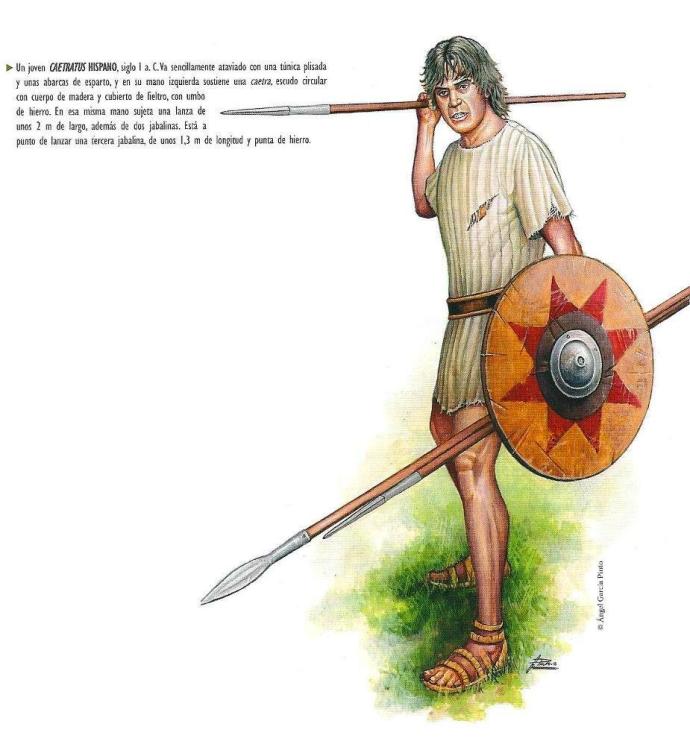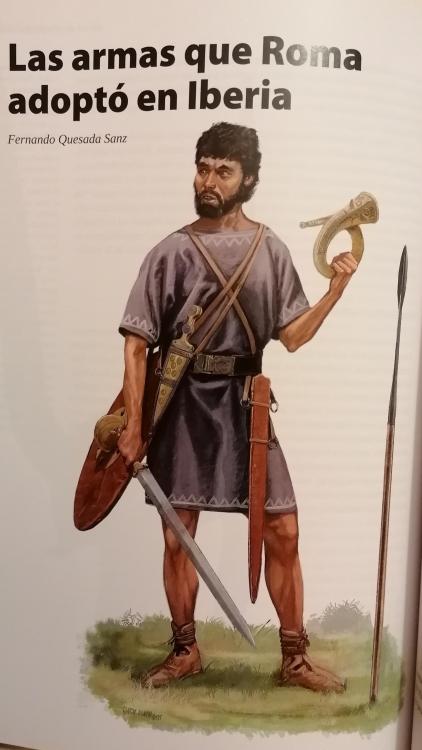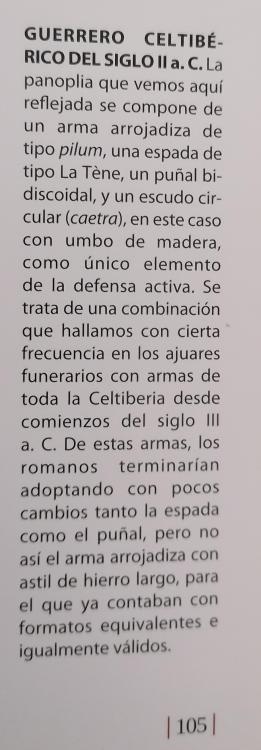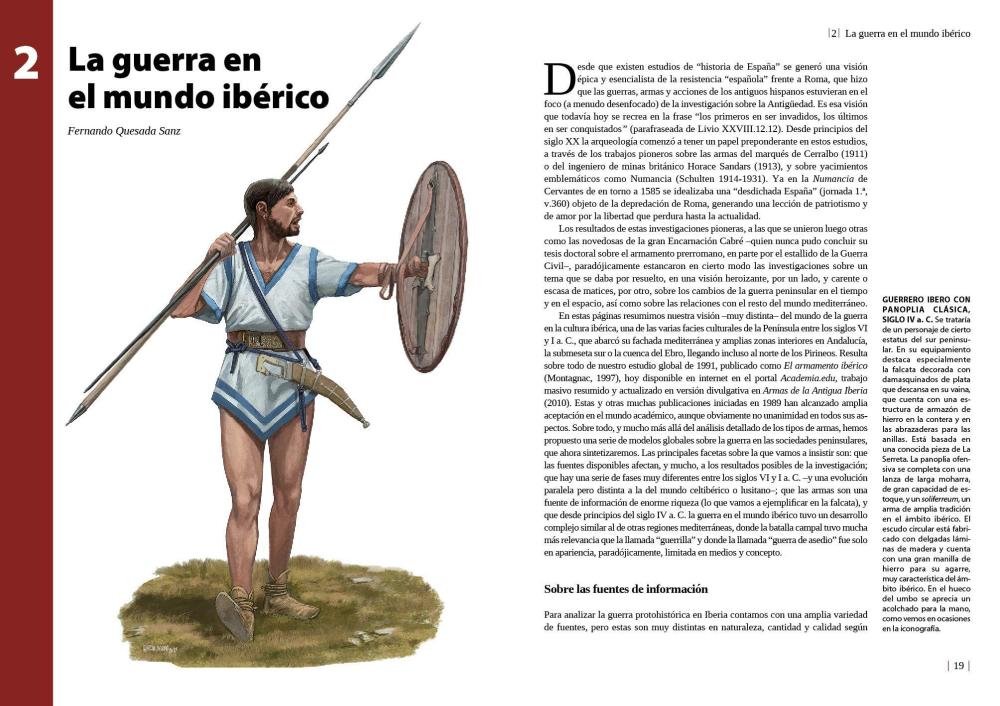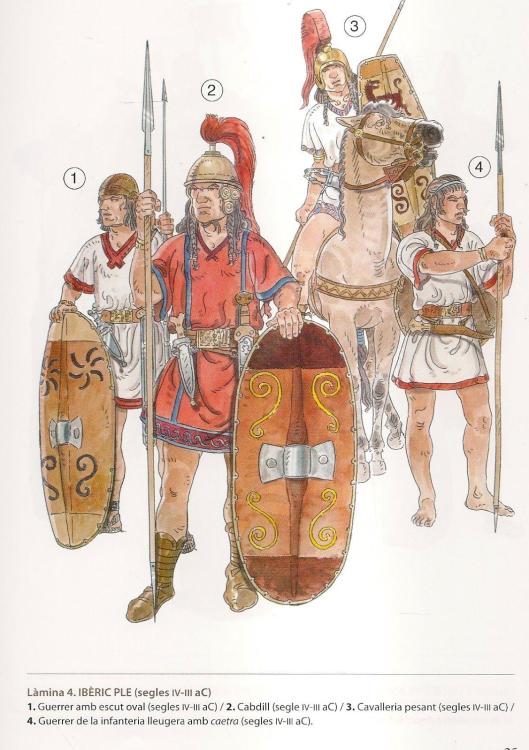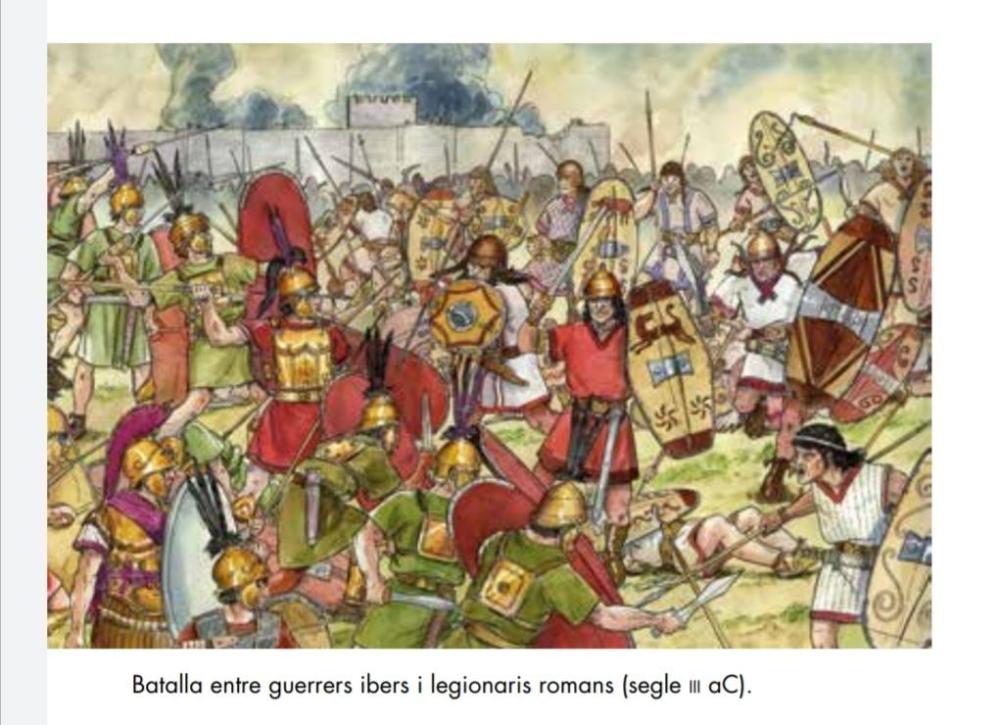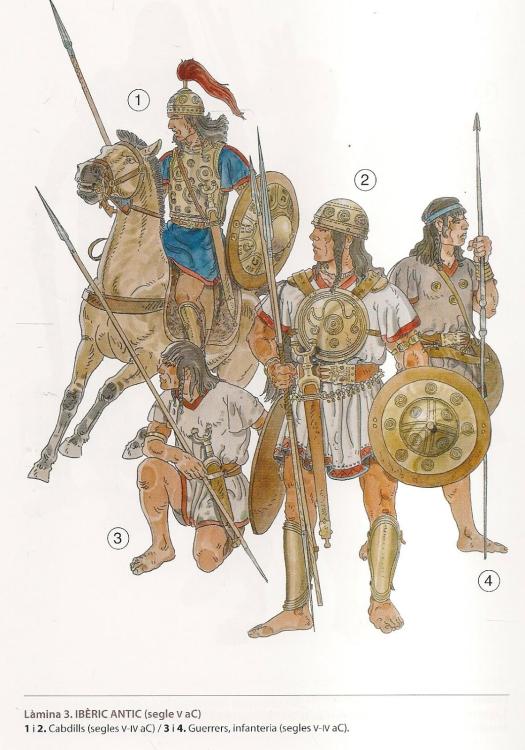Leaderboard
Popular Content
Showing content with the highest reputation on 2025-07-28 in Posts
-
2 points
-
This thread has been initiated to revisit the discussion concerning the historical accuracy of the Iberian civilization as depicted in the game. The aim is to consolidate relevant information, provide a comprehensive overview of the issue and its origins, and facilitate constructive dialogue focused on identifying potential solutions. At present, the primary concern regarding the Iberian civilization in 0 A.D. (A27 at the time of writing) is that it represents a composite of various groups from the Iberian Peninsula, encompassing populations with distinct languages and distinct historical backgrounds. This issue emerged early in the development of 0 A.D., largely because the Iberians were favoured by one of the project's key early contributors: https://play0ad.com/interview-of-tonto_real/ In this interview, there appears to be notable confusion between Celtiberians and Iberians, which may have been intentional. Geography and languages Unravel the origin of foreign assets The Iberian civ in 0 A.D. has three heroes: Caros is a Celtiberian chieftain leading the coalition during the second war, Viriato is Viriathus, a famous Lusitanian war leader who resisted Roman hegemony and finally Indibil is a chieftain of the Ilergetes, an Iberian people from the North-Eastern part of the peninsula. Therefore, only one of the three heroes is properly Iberian. The regular units are also making direct reference to other people with the skirmisher called “Lusitano Ezpatari” (which means Lusitanian swordsman but whatever), “Kantabriarko Zaldun” (Cantabrian cavalryman), the priestess of Ataekina/Ataegina (Ataegina was a goddess worshiped in the western part of the peninsula, probably a Lusitanian cult originally). There is also the “Leial Ezpatari” (loyal swordsman) which is a direct reference to the “devotio” reported by Romans to describe the vow of Celtiberian warriors to their patron/chieftain. There is also the issue that the chainmail body armor is used extensively by the units, while there is no evidence that the Iberians used it. It seems to have been adopted much later by a few Celtiberian and Lusitanian warriors, simply because those peoples have been subjugated after the Iberians. Both the wonder and the temple are based on the sanctuary of Cancho Roano, related to the Tartessian culture and abandoned around the 5th century BC. So, it is not purely Iberian, it depends on the interpretation of the Tartessian culture. It is a minor issue but I think it was important to mention it. For me, the problem with the current representation is that it is misleading. Players do not understand the differences between the various peoples mentioned, particularly the Lusitanians and the Cantabrians. Portraying them as an original component of the Iberians is awkward. Especially since it is historically confusing because the Lusitanians and Cantabrians appear quite late in the conflicts with Rome. Many wars between the Iberians and the Carthaginians and Romans never involved the Lusitanians or the Cantabrians. What are the possible solutions? 1. Clean up all foreign elements from the civilization and make it a purely Iberian civilization. This simply means removing and replacing assets. 2. Split the civilization into two or three. In particular, create a Lusitanian civilization and a Celtiberian civilization. This means removing and replacing assets for the Iberians. Then create new assets to make one or two other civilizations. 3. Keep the foreign elements within the Iberian civilization but separate them by having them appear in specific buildings, specific technologies, etc. to show that they belong to another culture neighboring the Iberians. My opinion Solution 3, keeping the foreign element but separating them and distinguishing them for the Iberian core, is the most compatible with the original vision of tonto_real (aka Ken Wood). It would also bring more diversity in the Iberian civ. We can for example add specific Lusitanian buildings to integrate them properly as allies, to distinguish them from the core roster. The effort is moderate.1 point
-
0 A.D. had a pre-planned roster of civilizations, that was fulfilled by Alpha 9. Starting with Alpha 10, Hellenes civilization was split into Spartans, Athenians and Macedonians. Additionally, the team decided to include more civilizations. Original civilizations are: Hellenes Celts (split into Gauls and Britons in Alpha 11) Iberians Carthaginians Persians Romans1 point
-
1 point
-
This is perfectly fine to do if its not a arranged pump of two players. Bad: 2 players decide to split the cheat one sells 100 batches of food for wood - sends the wood to the other player only for him to sell it for food in 500 batches. Normal: As a player notice good prices at the market and decide to convert resources for profit. Bad: Have a bot checking price fluctuations and automate converting resources at good prices1 point
-
"Hello everyone! I'm here to share more news about the WorldRising Mod! Technologies: I've developed several new technologies that unlock amazing units and buildings, as well as unique bonuses and tributes for characters and buildings. Textures: I've significantly improved the textures of the units, redoing their skin, faces, and clothing to make them more realistic. Additionally, I've created a wide variety of clothing and heads to increase diversity. Camera: You can now zoom in and out more, allowing you to appreciate the details and get a wider view of your settlement. Map Creation: I'm working on a map of the Japan region, focusing on the Jomon culture. The first era (Chipped Stone) is almost ready, with just a few final adjustments to be made. The second era (Polished Stone) is already in full swing, with many technological innovations, structures, and units being implemented. New Resources: I'm about to create the first resources, including faith, bone, leather, water, and clay. I plan to start developing these features this week! Stay tuned for more updates and news!1 point
-
"Hello, friends! I apologize for the delay, but this week was very busy and I couldn't make much progress on the project. However, I did manage to bring some news! I implemented two new buildings: the oven and the weaving workshop. In addition, I created another house variation, totaling 15 different options that can vary according to construction. The oven will be used to develop ceramic and clay technologies, improving buildings. The weaving workshop will have technologies that will improve units, such as protection, creation of primitive weapons made of stone and bone, and more resistant clothing. I also added music to the project! I completed all the buildings of the Flintstone Age and now I will focus on the units, improving textures, clothing, armor, and creating new units. One of the main goals is to create a nomadic leader who will be the first representative of the group on the journey. Leave your impressions here and share with your friends! I'm open to suggestions and ideas! See you next week!"1 point
-
Celts, Hellenes, Gauls, Celtiberian, Carthaginian, Romans The assets are still available for mods to use and we can resurrect them in some mod.1 point
-
1 point
-
1 point
-
1 point
-
Another of the Osuna reliefs. *One of the warriors wears greaves because he is probably Roman. (2nd to 1st centuries B.C.) Reconstruction by Ángel García Pinto below the title "Spanish Caetratus 1st century B.C." The artist doesn't understand the warrior's clothes like a padded armor more like a striped tunic. Also the Roman sources don't mention anything similar to a padded armor so we can only speculate about the representations.1 point
-
1 point
-
1 point
-
1 point
-
The information on the page is fine, perhaps it is too general. About the warrior in the image, he is from the 5th century BC so I think it is out of our timeline. The illustrator is the Catalan Francesc Riart, who is sometimes not too "scientific" in his illustrations. *the helmet and the armor that the rider wears are from the Celtiberian area. On the other hand, the Iberians would not have cavalry before coming into contact with Carthage, rather warriors who would go mounted to the battlefield.1 point



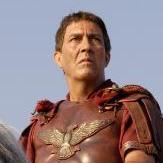
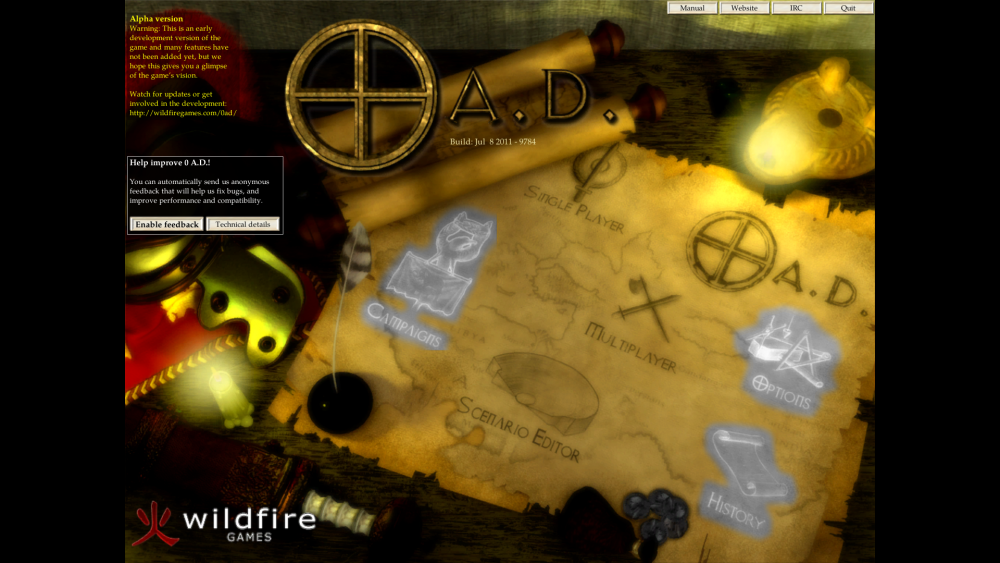
.thumb.jpg.b21ca1d0c15fb56b42c39b25a0a40815.jpg)
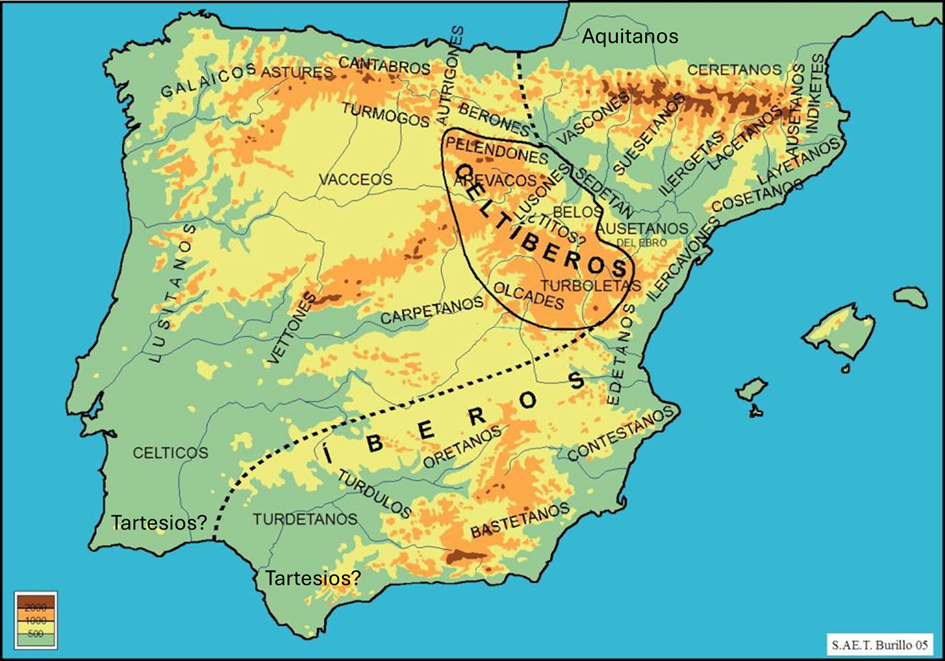
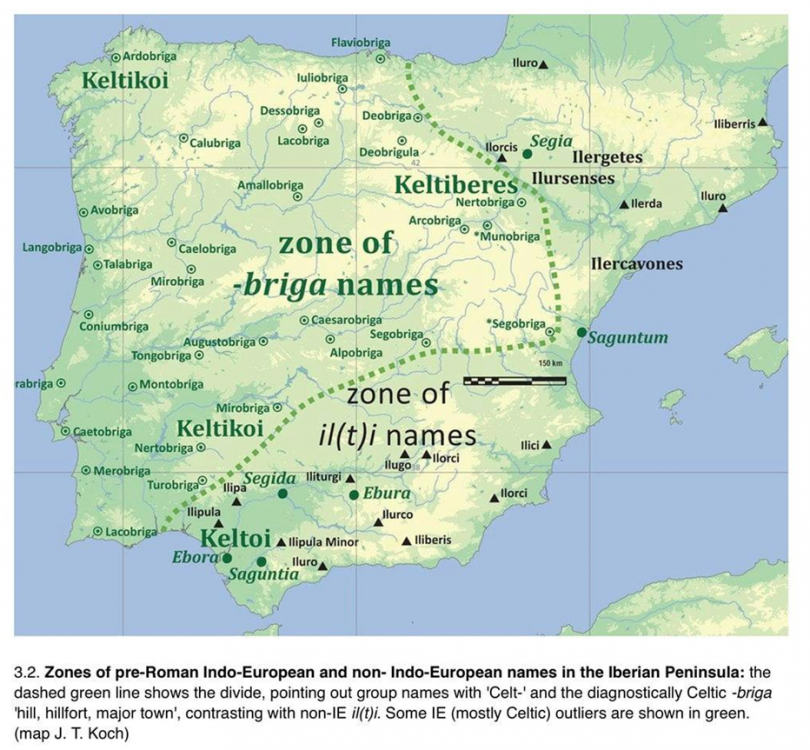
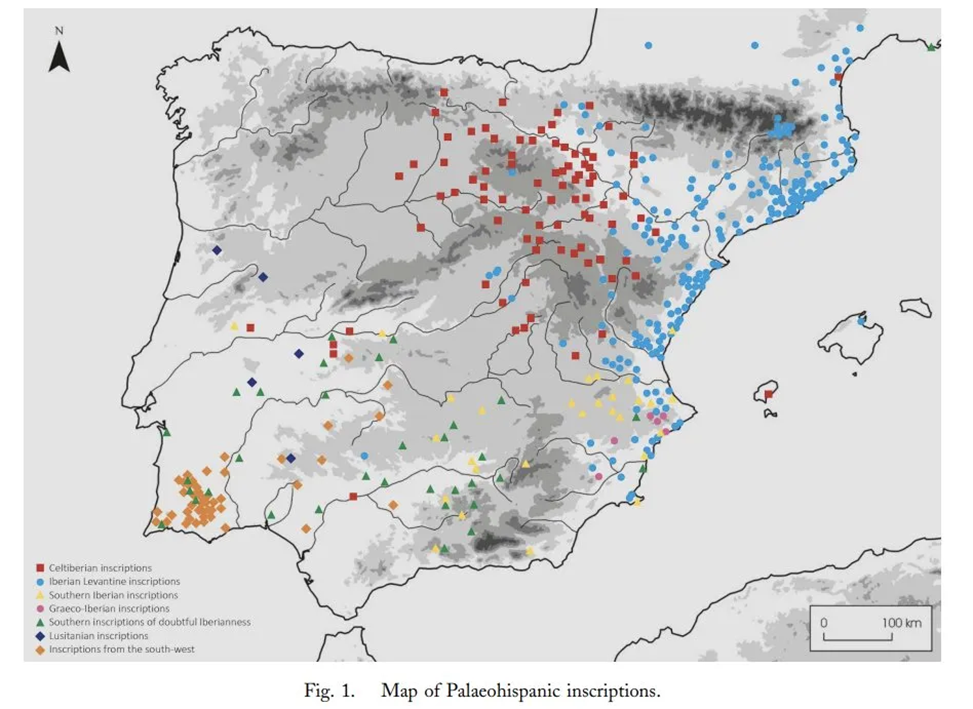
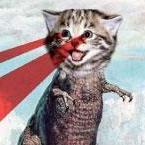

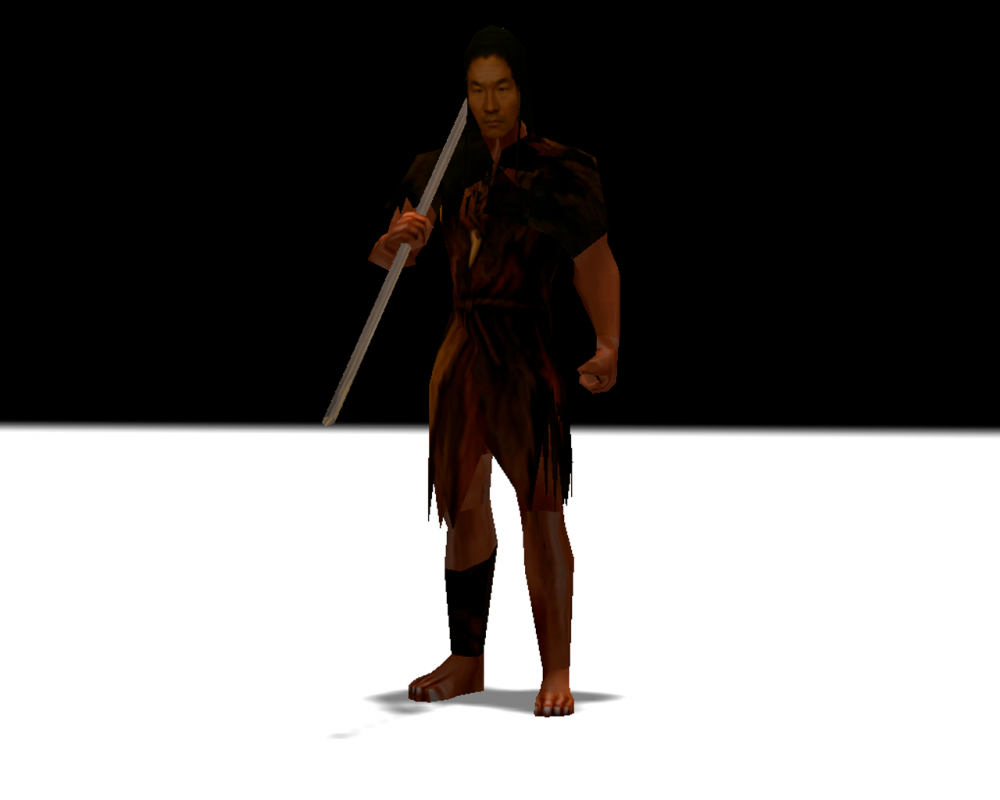

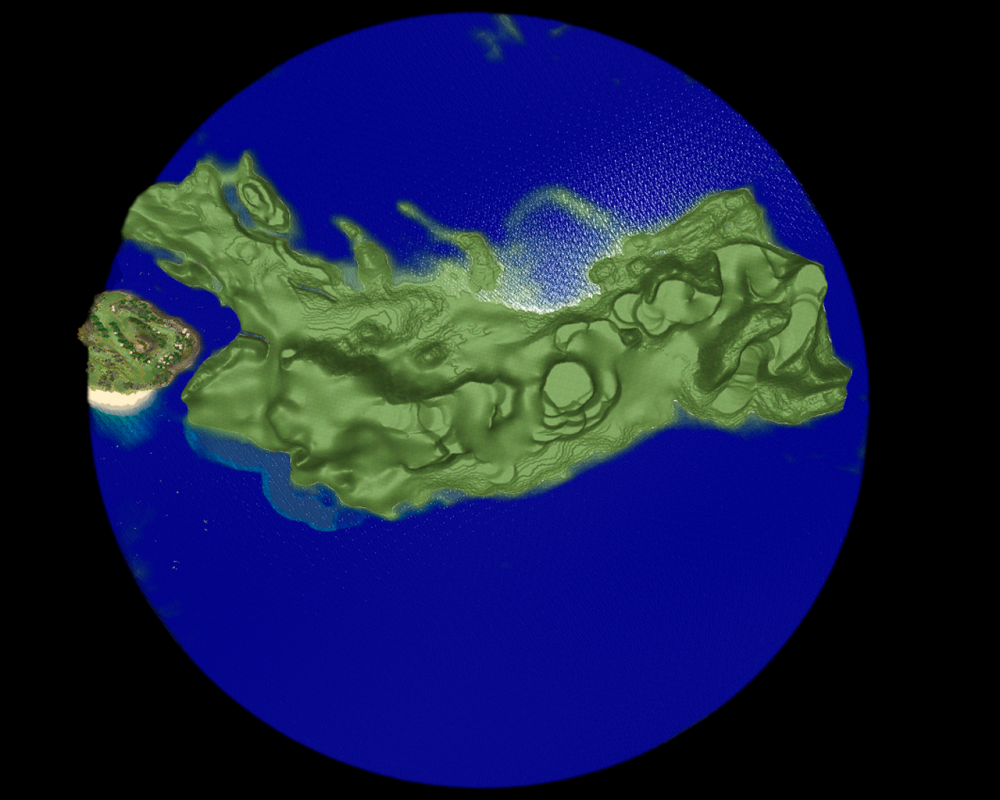
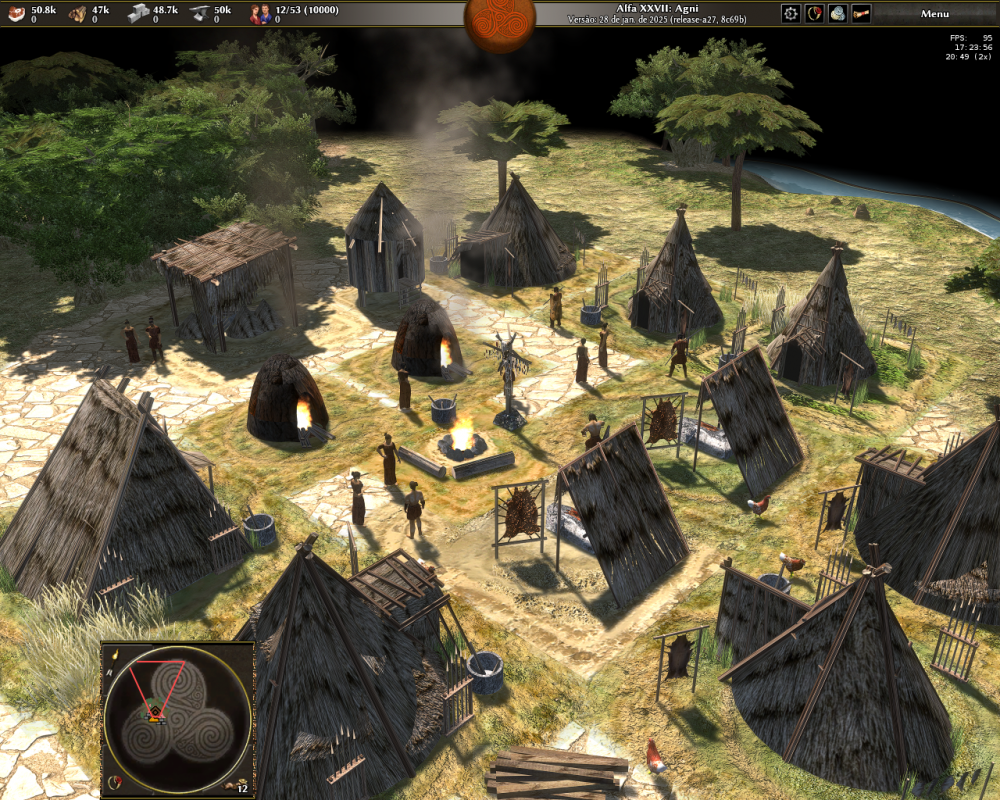


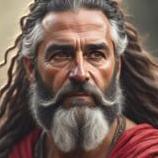
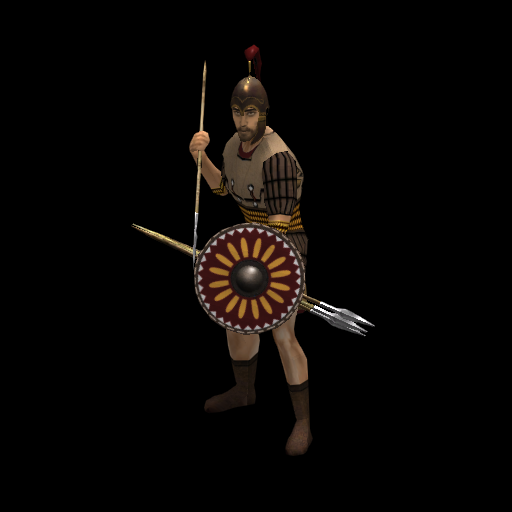

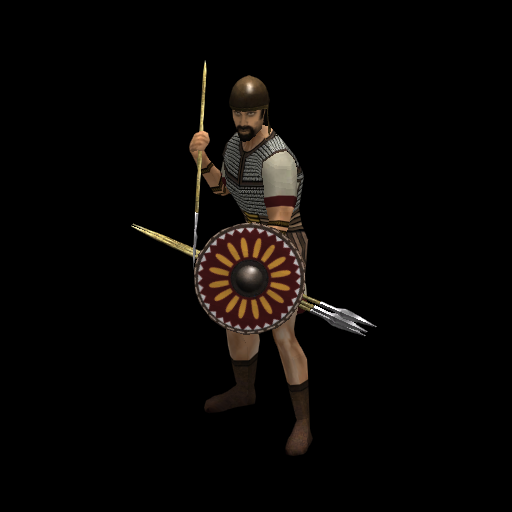
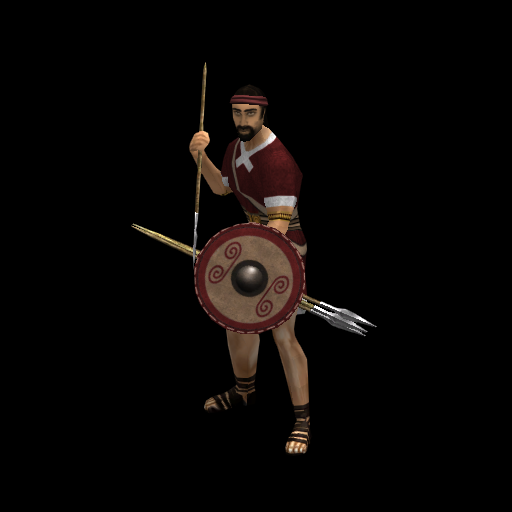
.thumb.jpg.bc84c135e83cb89796998728fe76e5d0.jpg)
_01(1).jpg.7aab1a165061003fc59ac4a2d2535221(1).thumb.jpg.e874e79acbdd491cca09834c8bafee06.jpg)
